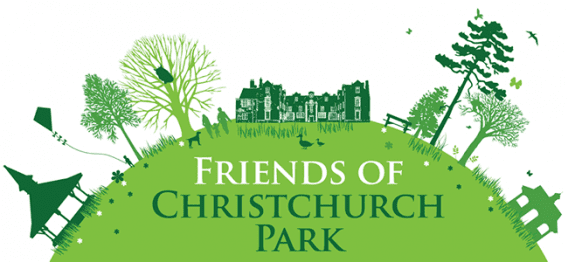The oaks that line the road between Culpho and Tuddenham are large, their branches forming archways across the tarmac. High up in their branches every four hundred yards or so is where carrion crows nest. The bulky structures are easy to see before these massive trees are cloaked in green. Whilst females incubate clutches of three or four eggs, the males search the roads for anything that becomes an RTA. Along this stretch I find all sorts of ‘dead stuff’ including hares, rabbits, grey squirrels, rats, a stoat or two and, especially in the winter, pheasants. When the young crows leave the nest, many of them also become causalities as, for some reason, crows seek insects by the roadside. To my joy, one deserted and somewhat worn crow’s nest now becomes a home for one of my favourite birds of prey, the hobby falcon (falco subuteo). This small falcon is a late nester and, I believe, actively seeks out a pair of nesting crows awaiting the time when the young crows fledge.
This year, despite frequent visits to this stretch of road, I failed to locate a hobby falcon unsurprisingly as this bird is difficult to find when eggs are first laid. One day in June, whilst cycling along in the shade of the oaks, I heard a male hobby calling. The call is similar to that of a kestrel though sadly kestrels are not nearly as common as they once were. The male hobby came low over a field of ripening wheat and disappeared into the top-most branches of an oak. I knew that the crows had fledged from a nest in that tree so my favourite falcons were again breeding along this stretch of road. Hobby falcons also feed, according the most bird books, mainly on dragonflies. There are two small lakes in this area and I have certainly seen hobby falcons hunting for dragonflies over the water. Actually, I have seen a hobby out-sprint me – though sprint is the wrong word for my type of cycling – and catch a hawker dragonfly along the road. However, from my experience our local falcons have a knack of dashing sparrowhawk-like along the hedgerows – catching passerines. Incidentally, the nearby swift colony seems to be still intact but our swallows have disappeared (probably not due to small birds of prey).
As the young hobby falcons develop so the nest site becomes more obvious. There will be much calling by both the young and the parent birds – something for me to look forward to. Hobby falcons have increased in the last few years which is wonderful news. It is no surprise to find forty or fifty birds hunting for food over large stretches of water and reed-beds during migration. Yes, hobby falcons are a migratory species and I am saddened when they depart for their winter quarters in Africa. However, that time has not yet arrived so there is plenty of opportunity for the young to spend in the nest.
Recently, in the centre of Ipswich where there are lots of feral pigeons, I saw a lesser black-backed gull stride amongst them and then, without warning, kill a pigeon, dismantle it and eat it. Onlookers were shocked and many photographed this incident. There were murmurings of sympathy for the ‘poor little pigeon’. This, however, is what large gulls do. They don’t just rely on the food that Ipswich inhabitants discard. I wonder if these sympathisers feel the same about what large gulls do to young puffins, guillemots and other young sea birds that so often feature on TV. I found it strange that lesser black-backed gulls do not seem to feature amongst the gulls at Aldeburgh. Whilst eating fish and chips on the shingle the other day, I was surrounded by about thirty herring gulls and three black-headed gulls. Perhaps the black winged variety prefer buildings in and around Ipswich on which to rear their young or perhaps the food in Ipswich is more palatable. Perhaps a diet of chips is boring. Having said all that, is there a smarter looking bird than the lesser black-backed gull even though the ‘killer’ bird in Ipswich did not look so clever with blood adorning his yellow beak and head.
